Issues About Protected Areas
What is a protected area?
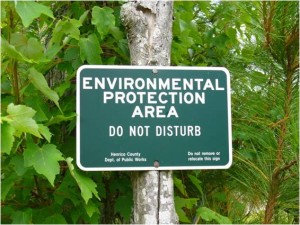 Protected areas or conservation areas are locations which
receive protection because of their recognized natural, ecological or cultural values. There are several kinds of protected
areas, which vary by level of protection depending on the enabling laws of
each country or the regulations of the international organizations involved.
The term "protected area" also includes
Marine Protected Areas, the boundaries of which will include some area
of ocean, and Transboundary Protected Areas that overlap multiple countries which
remove the borders inside the area for conservation and economic purposes.
Protected areas or conservation areas are locations which
receive protection because of their recognized natural, ecological or cultural values. There are several kinds of protected
areas, which vary by level of protection depending on the enabling laws of
each country or the regulations of the international organizations involved.
The term "protected area" also includes
Marine Protected Areas, the boundaries of which will include some area
of ocean, and Transboundary Protected Areas that overlap multiple countries which
remove the borders inside the area for conservation and economic purposes.
A protected area is a clearly defined geographical space, recognised, dedicated and managed, through legal or other effective means, to achieve the long term conservation of nature with associated ecosystem services and cultural values. (IUCN Definition 2008).
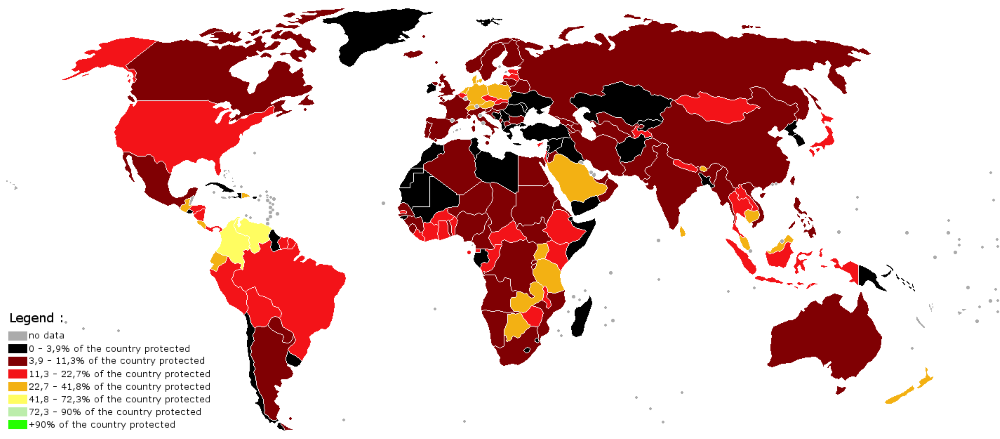
Protected areas – national parks, wilderness areas, community conserved areas, nature reserves and so on – are a mainstay of biodiversity conservation, while also contributing to people’s livelihoods, particularly at the local level. Protected areas are at the core of efforts towards conserving nature and the services it provides us – food, clean water supply, medicines and protection from the impacts of natural disasters. Their role in helping mitigate and adapt to climate change is also increasingly recognized; it has been estimated that the global network of protected areas stores at least 15% of terrestrial carbon.
The results show that with regard to the visitors the most important problem is illegal hunting while for the inhabitants equally important is the problem of pollution and cleanliness. However, those responsible with the management of the two National Parks think that the greatest threat to the wider area is the problem of floods.
Related Web Articles
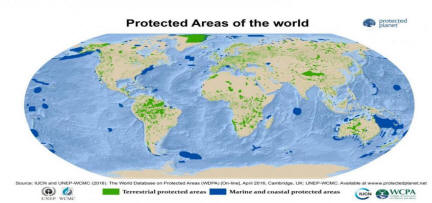 The management of protected areas is a complicated process which
often reflects the conflict in the relationship between society and
protection, usually through the prohibition of particular activities as
established in the existing protection status. These problems remain the same
even in cases of creation of networks such as the network Natura 2000. The
network Natura 2000 is an evolution of the preparatory network Emerald which
included cooperation activities with countries outside the European Union
with the goal the transfer of know-how inside and outside the European Union
(Georgiadis, 2010). The land section of the Natura 2000 network constitutes
27.3 percent of the state of Greece while the sea section constitutes 6.1
percent of the territorial waters of the country (Vokou, 2012).
The management of protected areas is a complicated process which
often reflects the conflict in the relationship between society and
protection, usually through the prohibition of particular activities as
established in the existing protection status. These problems remain the same
even in cases of creation of networks such as the network Natura 2000. The
network Natura 2000 is an evolution of the preparatory network Emerald which
included cooperation activities with countries outside the European Union
with the goal the transfer of know-how inside and outside the European Union
(Georgiadis, 2010). The land section of the Natura 2000 network constitutes
27.3 percent of the state of Greece while the sea section constitutes 6.1
percent of the territorial waters of the country (Vokou, 2012).
The development of a network of protected areas, like Natura 2000, is an effort so that the protection of the rare species of flora and fauna is effectively linked with the economic, social and cultural environment of each area (Pietzyk-Kaszyn´ka et al., 2012). This constitutes a new philosophical approach in the relationship between environment and society (Bryan, 2012), in which according to Pinton (2008), the classification of economic, social and cultural elements and how these are linked with protection has been a greatly debated issue.According to Weber and Christophersen (2002) the application of the Network
According to Weber and Christophersen (2002) the application of the Network
Natura 2000 was delayed in many cases due to lack of political will and
acceptance from administrative bodies and the local population. In such
cases the interventions of environmental non-governmental organizations
were important. In some areas the conflicts created are expected and
related to the concern for protection as well as land use and recreation
activities (Pro ¨bstil, 2003). The establishment of limits between nature
and society will always be an effort which will be characterized by
uncertainty (McKay and Regier, 2000), since the attitudes of citizens
with regard to the relationship between nature and society will never be
stable or impartial (Hull et al., 2003)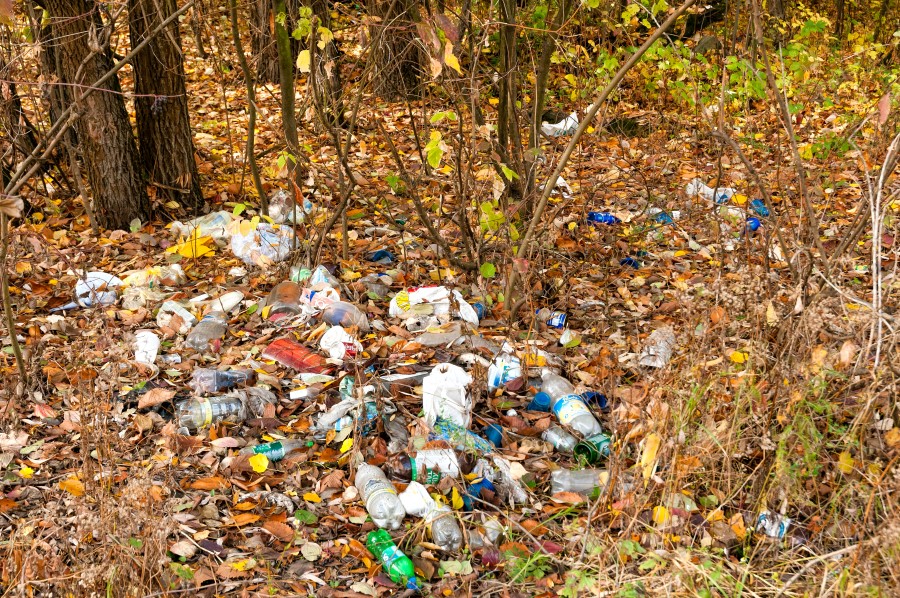 .
.
For this reason, this factor should be taken into account by both those who designed Natura 2000 as
well as those responsible for applying it in practice at local level
(Bryan, 2012). In particular, there are cases around the world where
protected areas face serious environmental problems. According to
Petursson et al. (2013) there are National Parks in Africa which face
deforestation problems, while the worrying reduction of forest lands is
mainly attributed to political actions as well as the application of
measures applied by those responsible for the management of these parks.
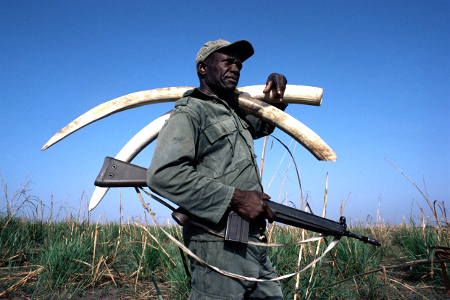
The reduction of forest lands and the degradation of the environment in
protected areas, despite the strict protection status (Oestreicher et
al., 2009), is linked with social factors such as the dependence of the
local population on the natural resources of the area (Kaimowitz and
Sheil, 2007). As Bergsten et al. (2013) state, intensive logging constitutes
a factor which creates problems to the protected areas of Sweden. In
the case of Laguna del Tigre National Park in Guatemala, forest fires are a
serious problem since they have destroyed about two thirds of the total land
of the Park, a fact which is linked with phenomena of considerable
immigration of population to the area as well as with deficiencies
affiliated with organization issues of the administration bodies (Monz?
on-Alvarado et al., 2012). On the other hand, according to Barros et al.
(2013) the Aconagua Provincial Park of Argentina faces serious soil
erosion problems as well as problems related to the loss of rare species of
flora, problems which can be attributed to visitor congestion as well as
to pack animals of the area.
After examining the impact of hunting on the distribution of biodiversity in the protected area Oasi Alpe di
Catenaia in Italy, Grignolio et al. (2011), concluded that hunting with
long-legged hounds is an important factor which should be taken into
account by the area’s managers. In particular they point out that human
impact with regard to what is used and how it is used during the hunting
are factors which can influence the biodiversity of an area both around
and inside the protected area. Also, the problem of illegal hunting
created debates in relation to effective management and conservation of
biodiversity with regard to the protected areas of Africa (Johannesen,
2007).
Home Page